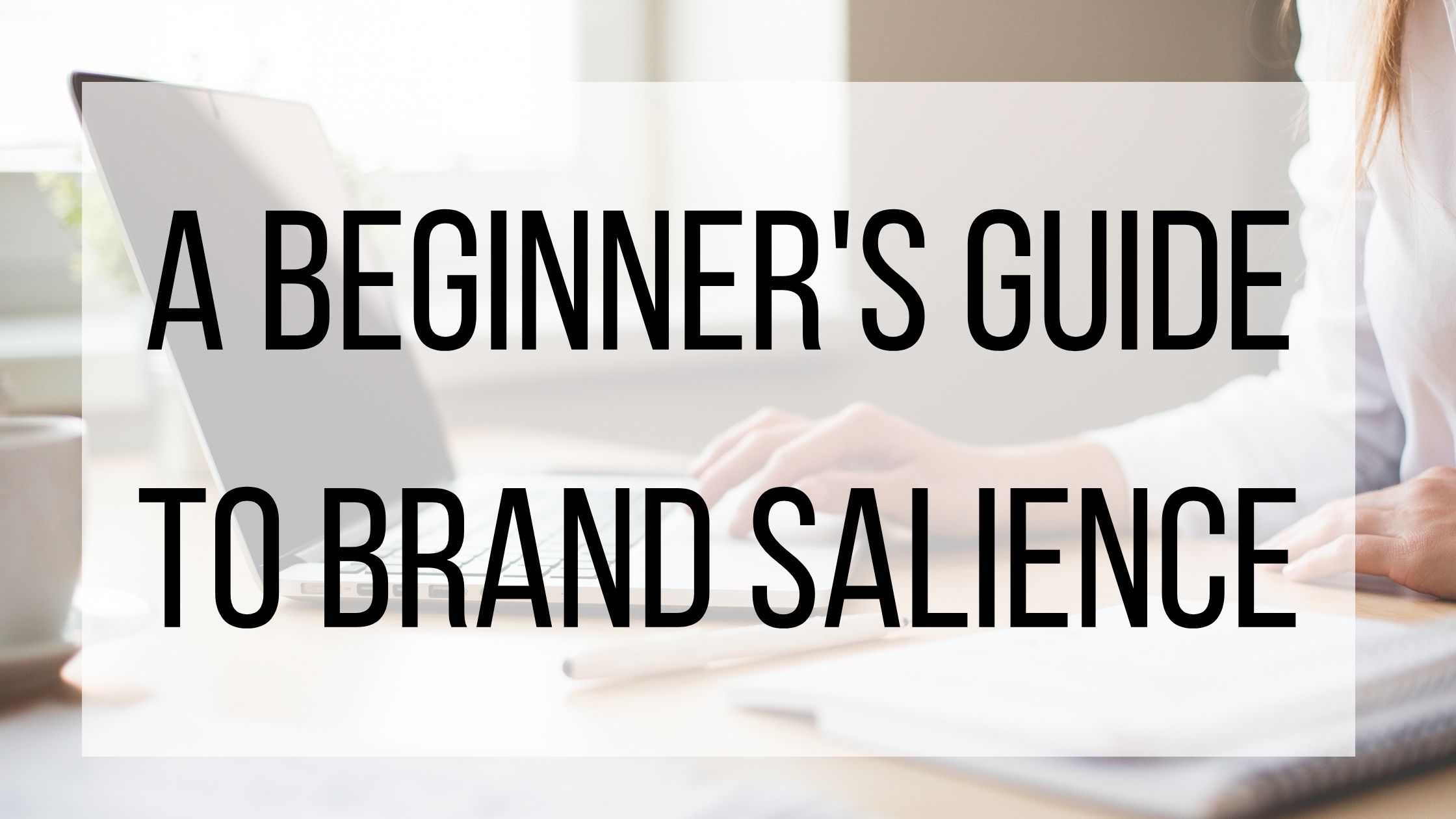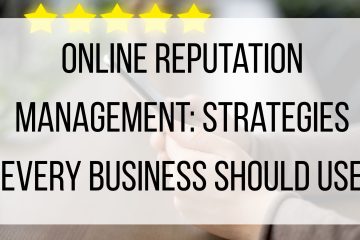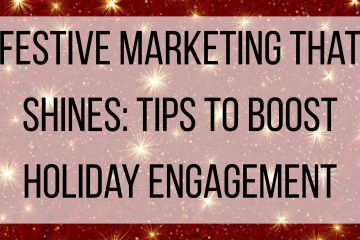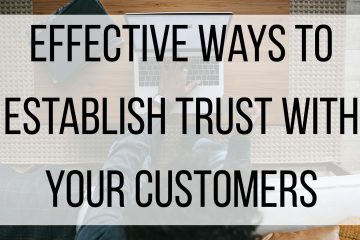A Beginner’s Guide To Brand Salience

Every brand aims to have an identity that is unique to them. Highlighting what makes you stand out from your competitors is one of the best marketing tactics you can use. Branding can seem like a vague concept, but it can make a huge impact on your sales and customer retention. Although there are many steps that go into branding, brand salience is an important goal to work towards.
What Is Brand Salience?
Brand salience is a KPI (key performance indicator) that measures how often your brand comes to the mind of customers when they are making purchasing decisions. If you have high brand salience, many consumers will recognize and think of you when buying something. For example, if you are driving around and decide you want coffee, Starbucks probably comes to mind. If you need to search for something on the internet, you will probably turn to Google. On the other hand, if you have low brand salience, consumers are more likely to forget about you, and instead turn to your competitors.
Brand Salience Vs Brand Awareness:
Brand salience and brand awareness are both very important, but are used to measure different KPIs. While brand salience is used to measure how your brand plays a role in a consumer’s purchasing decision, brand awareness simply measures how aware consumers are of your brand. Brand awareness is the first step towards brand salience, as customers need to know about your brand before they will intentionally think to shop with you.
Increasing Brand Salience:
Brand salience isn’t all about driving sales and spotlighting your products. Instead, you’ll want to focus on creating a positive association with your brand. This can (and should) go in conjunction with selling your products, but building a brand that your customers like and trust will help your sales tremendously.
Making your customers familiar with your brand is the first step you’ll want to take. Create meaning behind your brand, and share it in a way that makes your target customers pay attention and remember your name. Share what is important to you and why your company was founded. You want to be the solution to your consumer’s problems or needs, so let them know how you will help them. If there is a personal reason your company was founded, let them know! Showing them that you have the same problems that they do, and that you’ve created a solution, makes you more personable and memorable. Stay authentic when sharing your story, and always be honest. Stretching the truth or exaggerating what your products can do will only hurt your credibility and your relationship with your customers.
Ask your customers what they want, and offer it to them in fun and interactive ways. For example, running polls or playing “this or that” on your Instagram stories helps you get an idea of what your audience likes, and what they probably won’t purchase again. Sharing content simply for the purpose of making them smile is great as well! Creating emotional content is also a good way to grab their attention, and make them remember your name.
Brand salience is all about relationship building with your customers. Be honest and open with them, and do you best to give them products that they love. Once they love you as a brand, they are much more likely to purchase from you and recommend you to their loved ones. Relationships are something that all successful brands are built on, so make sure to put your focus on that when working on your brand salience. Emotional connections, familiarity, and communication will help you build a strong, reputable company.



3 Comments
wordle · July 7, 2022 at 10:51 pm
Thank you for sharing the useful information with me. This site offers very important documents and opinions and is greatly appreciated.
wordle game · September 21, 2022 at 1:17 am
Building a brand is a very difficult thing that every unit wants to do. Through this article, I have learned a lot of useful things.
poppy playtime · August 3, 2023 at 5:38 am
Good essay. It should be stable for me and others using it. Keep doing well what you’re doing; I look forward to reading more of your articles.